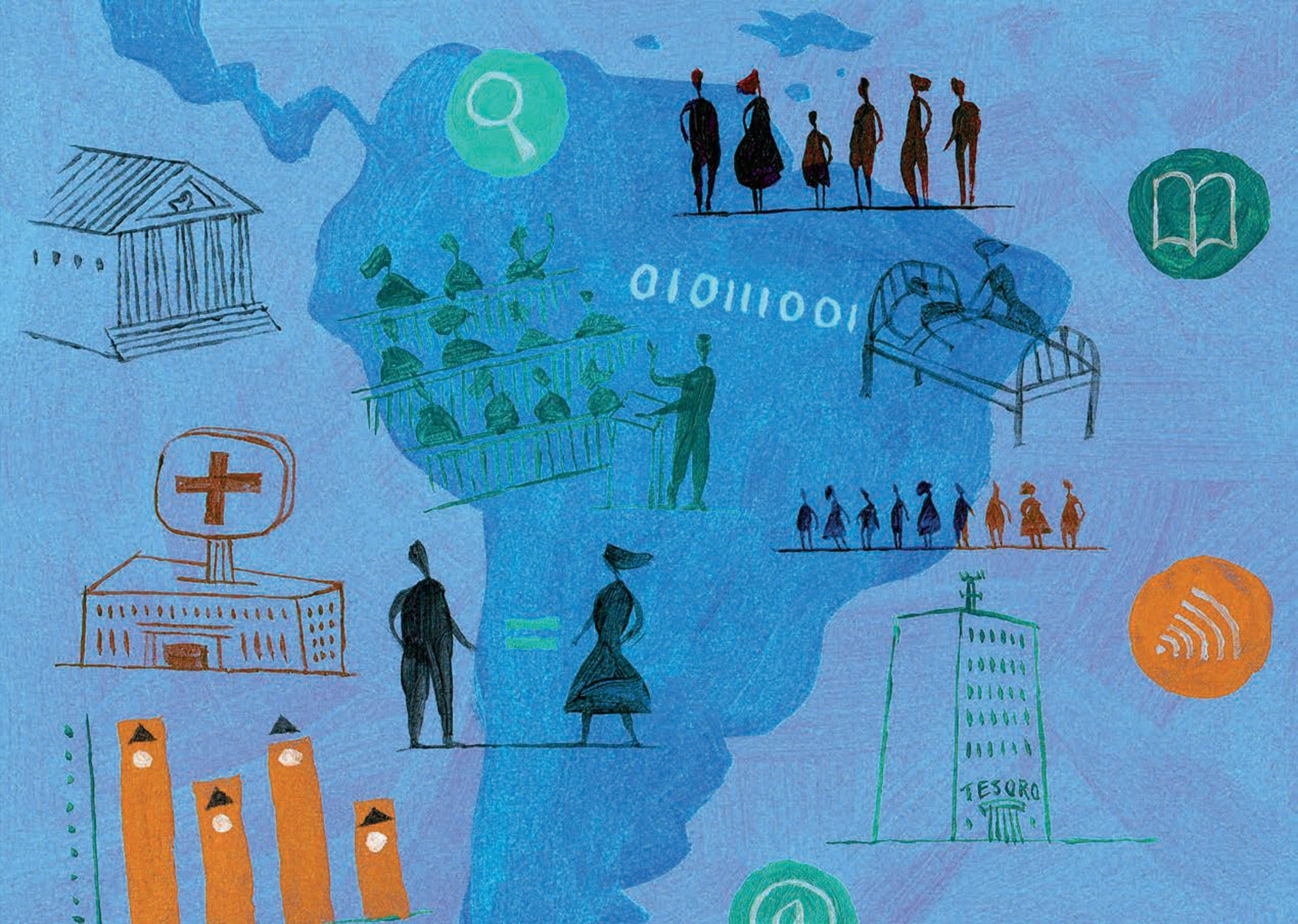General government spending and revenues are highly sensitive to economic cycles and specific events (e.g. privatisations). In turn, government revenues (particularly tax revenues) tend to decline during economic downturns, at the same time as public spending may increase given that more people become unemployed and qualify for social assistance or unemployment benefits. On the other hand, during upturns, public accounts improve, as tax revenues rise and the number of those receiving social benefits usually declines. Analysing indicators that are not influenced by temporary fluctuations helps policy makers identify the underlying trend of fiscal policies associated with long-term public finance sustainability. The structural fiscal balance aims to capture these trends in order to assess fiscal performance. Estimating the structural balance requires calculating the structural and cyclical components of both the fiscal balance and output or potential GDP (i.e. the economy working at full capacity).
The structural fiscal balance for LAC countries reached an average deficit of 3.8% as a share of potential GDP in 2018, increasing by 2.3 p.p. since 2007 when the deficit was 1.5% of potential GDP. This differs from the trend in OECD countries where the average deficit as a share of GDP was 3.1% in 2007 (pre-crisis) and diminished by 0.4 p.p. to reach 2.7% in 2018. LAC countries with the largest structural deficits as a share of potential GDP in 2018 were Suriname (6.4%) and Brazil (6.1%) that are smaller than their overall deficits indicating on the one hand the need to increase revenues but also that general recordings are capturing negative cyclical effects. . On the other hand, and while in 2018 structural surpluses were not observed in any LAC country, Chile (1.5%), Paraguay (1.4%) and Barbados (0.3%) are the LAC countries with the smallest structural deficits.
The projections of the structural balance as a share of GDP in the LAC region indicate average deficits to decrease from a projected 3.7% in 2019 to 3.2% and 3.0% of potential GDP in 2020 and 2021 respectively. These projections are framed by the expectation of a recovery, albeit still at modest rates, of economic growth in the region throughout the coming years. On the contrary, for OECD countries the projections of the structural deficit is expected to increase from a projected 3.1% in 2019 to 3.2% of potential GDP in 2020 and 2021 reflecting the consequences of the trade war between developed economies and the uncertainty brought about, for example, by the economic effects of the Brexit.
However, projected changes in LAC for 2019 vary, from a drop of 9.1 p.p. and a 6.1 p.p. of potential GDP in Suriname and Brazil respectively, to a rise of 3.3 p.p. in Barbados. In the case of Suriname, it reflects government difficulties to contain its spending including subsidies to state owned enterprises as well as troubles to improve tax collection. For Brazil, it evidences further increases in public spending resulting from subsidies and social transfers. In the case of Barbados, it reflects the effects of a set of ambitious reforms, including a fiscal consolidation program and debt restructuring (Deyal, Alvarez, Waithe 2019)


